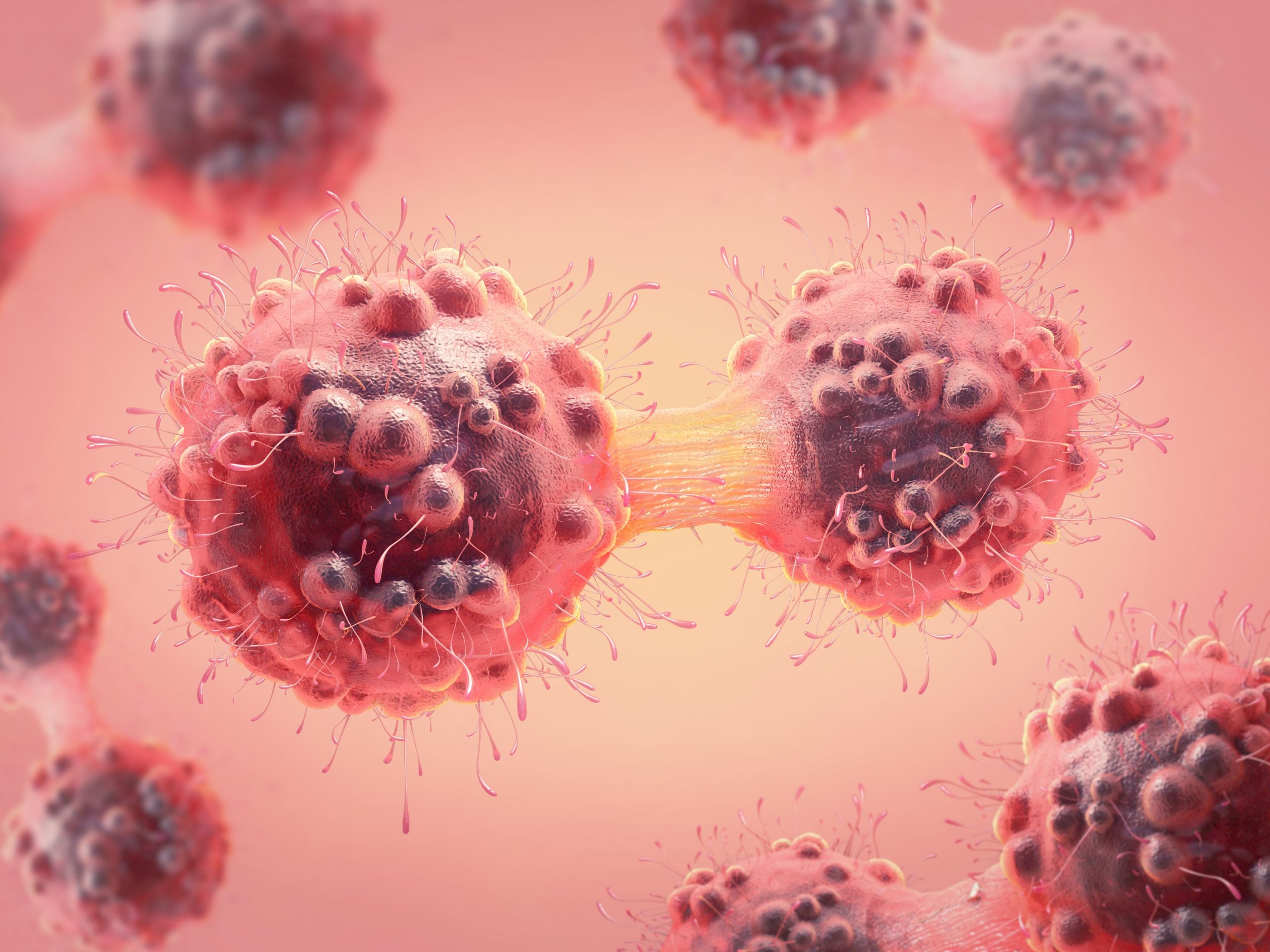description:
Few global challenges touch humanity with as much immediacy or ubiquity as cancer. Over the course of their lifetime, one in three people in North America, Europe, and Australia will develop a malignancy, and in the United States alone, the direct and indirect costs of cancer amount to billions of dollars a year. The sad truth is that almost every family in the Western world will be affected by cancer at some point in their lives.
episodes:
01. Cancer Is an Ongoing Challenge
Kick off the course with an overview of what you’ll learn and the history of cancer. Discover what has transpired in the war on cancer, from the earliest theories and treatments to medicine’s relatively recent transition from a focus on dividing cells to targeted therapy based on molecular biology.
02. Cancer Is a Major Burden to Society
As you investigate why cancer is a growing problem in the United States and across the globe, explore the burden cancer places on society as a whole—both to people and the economy—and look at some of the most common forms of the disease. See why, surprisingly, cancer doesn’t rank on the Global Burden of Disease Study.
03. Discovering Causes of Cancer in Populations
What do population studies tell us about the causes of cancer? Define the science of epidemiology and learn how it can be used to study cancer in both populations and individuals. Differentiate between case-control and cohort studies, and the categories of risk factors for cancer.
04. Some Causes of Cancer in Populations
Continue exploring epidemiology by delving into environmental causes of cancer that have emerged from studies, including tobacco, diet, a woman’s reproductive status, medications, pesticides, radiation, and even your personality. How does giving birth later in life make you more vulnerable to breast cancer? Is the average person’s exposure to pesticides really dangerous? Find out here.
05. DNA Is the Key to Understanding Cancer
Take the first steps in understanding the multistage model of cancer by learning how various agents initiate cancer at the genetic level. Explore the fundamentals of DNA as genetic material, the process by which DNA is expressed and duplicated, and the ways this process of duplication can go awry, causing cell mutations to accumulate.
06. How Does DNA Change to Initiate Cancer?
Two types of carcinogens mutate DNA: chemicals and radiation. Build on what you’ve learned about DNA by looking specifically at how these carcinogens produce cancer at the cellular level. Then, examine carcinogens that don’t damage DNA and how epigenetic changes in DNA can result in cancer.
07. How Do We Know If Something Causes Cancer?
Does hair dye cause cancer? What about saccharin? Familiarize yourself with the types of experiments scientists conduct to determine if something causes cancer, and consider whether a range of natural and manmade substances with carcinogenic properties have the potential to cause cancer in humans. Conclude this lecture by looking closely at the concept of risk analysis.
08. How Do Normal Cells Function?
Focus on cells as the basic structures of living things through an exploration of their internal composition, particularly the nucleus where the genome is retained. See how this discovery was proven in the cloning of Dolly the sheep and consider how this is relevant to cancer treatment.
09. What Is Different about Cancer Cells?
How do tumors start? Find out how cells divide without normal controls in place and the nine unusual properties shared by many cancerous cells—including the ability to recruit a blood supply. Then learn about the process of apoptosis, or programmed cell death, and the molecules being developed to block telomerase, a protein that lets cancer cells escape dying.
10. How Do Tumors Grow?
What is the difference between benign and malignant tumors? What signs of cancer do people typically experience? Turn to tumor development and growth with a discussion of the methods doctors use to diagnose, stage, and grade tumors—all of which inform how aggressive treatment should be—and an introduction to the distressing processes of metastasis and angiogenesis.
11. How Tumors Spread and Thrive
The body does everything it can to reject a tumor, but sometimes the immune system is not only too overburdened to succeed, it’s unable to even recognize that tumors exist. Find out why tumors can go undetected as you continue your investigation of metastasis and angiogenesis, and how these phenomena contribute to the growth and spread of tumors.
12. What Are Tumor Viruses?
Most of us will be infected with—and recover from—Epstein-Barr virus at some point in our lives. In some people, this infection contributes to the development of cancer. Understand what viruses are, how tumor viruses can be identified, and the way viruses such as Epstein-Barr, hepatitis B, and papilloma cause cancer if other conditions are present.
13. How Do Tumor Viruses Cause Cancer?
Learn about molecular biology and how gene expression is controlled before turning to an investigation of the way tumor viruses use these gene control mechanisms to initiate cell division, and, ultimately, cancer. Wrap up by looking at how cancer develops in 90% of cases—from normal cells that aren’t infected by viruses.
14. How Do Cancer-Causing Genes Work?
In almost all cancer, genes that stimulate cell division called oncogenes are mutated. But can one such mutation cause cancer on its own? Examine an experiment that answers this question, then look closely at proto-oncogenes and oncogenes to discover how they function and what they do in the cell to turn on cancers, including neuroblastoma tumors in children.
15. Can Cancer Be Inherited?
Why do cancers sometimes run in families? Explore the “two-hit” hypothesis for how cancers are inherited along with the criteria for defining cancer as hereditary with a discussion of several forms—including retinoblastoma, colon cancer, and breast cancer—that are known to be passed on this way. Explore inherited susceptibilities to cancer that make some people more prone to developing this disease.
16. How Do Normal Genes Suppress Tumors?
Now that you understand oncogenes, focus on tumor suppressor genes for a more complete view of cancer. Start by learning how the BRCA1 gene mutation in inherited breast cancer was discovered—and its implications—before turning to strategies for identifying and isolating suppressor genes to be used in therapy. Explore the genes’ functions, from repairing DNA damage to acting as brakes in the cell division cycle.
17. How Do Genetic Changes Result in Cancer?
All tumors are not created equal. Trace how cancer develops as a series of molecular changes, then learn how the worldwide Cancer Genome Project is working toward individualized therapies. Conclude by looking at genetic testing and considering its ethical and legal ramifications.
18. Treating Cancer with Surgery
From research to clinical trials to approval, cancer therapies face a long road before they become viable treatment options. As you turn to the science behind surgical cancer therapy, explore this developmental process. Using breast cancer as an example, learn the scientific principles of surgical therapy and how it has evolved. Weigh the pros and cons of using surgery to diagnose cancer, remove localized tumors, and prevent metastasis.
19. Treating Cancer with Radiation
Continue your investigation of ways to treat cancer by learning how radiation treatments, including proton therapy, brachytherapy, and radiosurgery, are often used to kill cancer cells. Next, explore the use of stem cell transplantation to restore the bone marrow of patients who’ve experienced high doses of radiation or chemotherapy.
20. Treating Cancer with Drugs
Turn to the last of the three methods of treatment with this lecture that traces the origins of chemotherapy to mustard gas attacks in World War II. Learn about the path taken by a drug on its way to a tumor, the combinations of chemotherapy used by oncologists, and how drugs are often derived from plants and other natural sources.
21. How Do Drugs Attack Cancer?
Some cancer drugs go to work on DNA while others target processes inside the cell. Get an introduction to both categories and learn the science behind how widely used drugs such as methotrexate, tamoxifen, and cisplatin operate. Consider the side effects patients commonly experience when undergoing chemotherapy and the reasons cells become resistant to treatment. Then, using kidney cancer as an example, look at how science has led to new treatments with the potential to target specific tumors.
22. Frontiers of Cancer Treatment
Explore avenues of treatment at the frontiers of science, starting with how a patient’s own immune system can be harnessed in cancer therapy. Take an in-depth look at antibodies and gene therapy as options for treatment and consider the amazing potential of viruses that target tumors only and leave normal cells undamaged.
23. Can Screening for Cancer Be Useful?
Why are monthly breast self-examinations no longer recommended in some countries? Do PSA screenings for prostate cancer have any impact on survival rates for men with the disease? Examine the science of screening and the success rates of current screening methods for cancers of the breast, cervix, colon, and prostate, and consider whether getting screened is worthwhile given the risks and costs associated with each.
24. Can Cancer Be Prevented?
Conclude the course with a discussion of prevention, from carcinogens to avoid to substances that studies indicate could offer chemoprevention in a wide variety of cancers. Learn why identifying carcinogens and preventive agents is so challenging for researchers, and look toward the promising future of treatment and prevention.
SIMILAR TITLES:
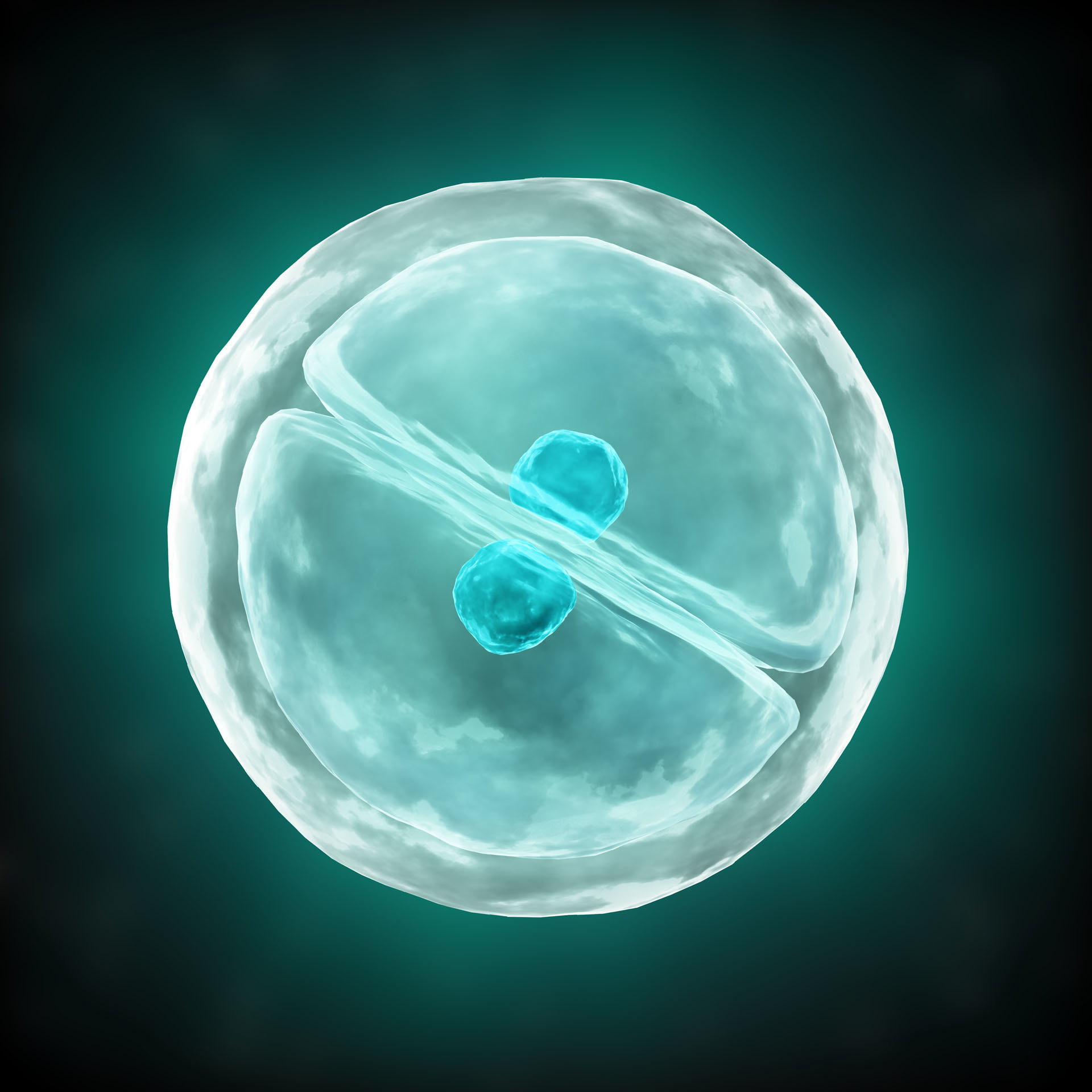 Biochemistry and Molecular Biology: How Life Works
Biochemistry and Molecular Biology: How Life Works
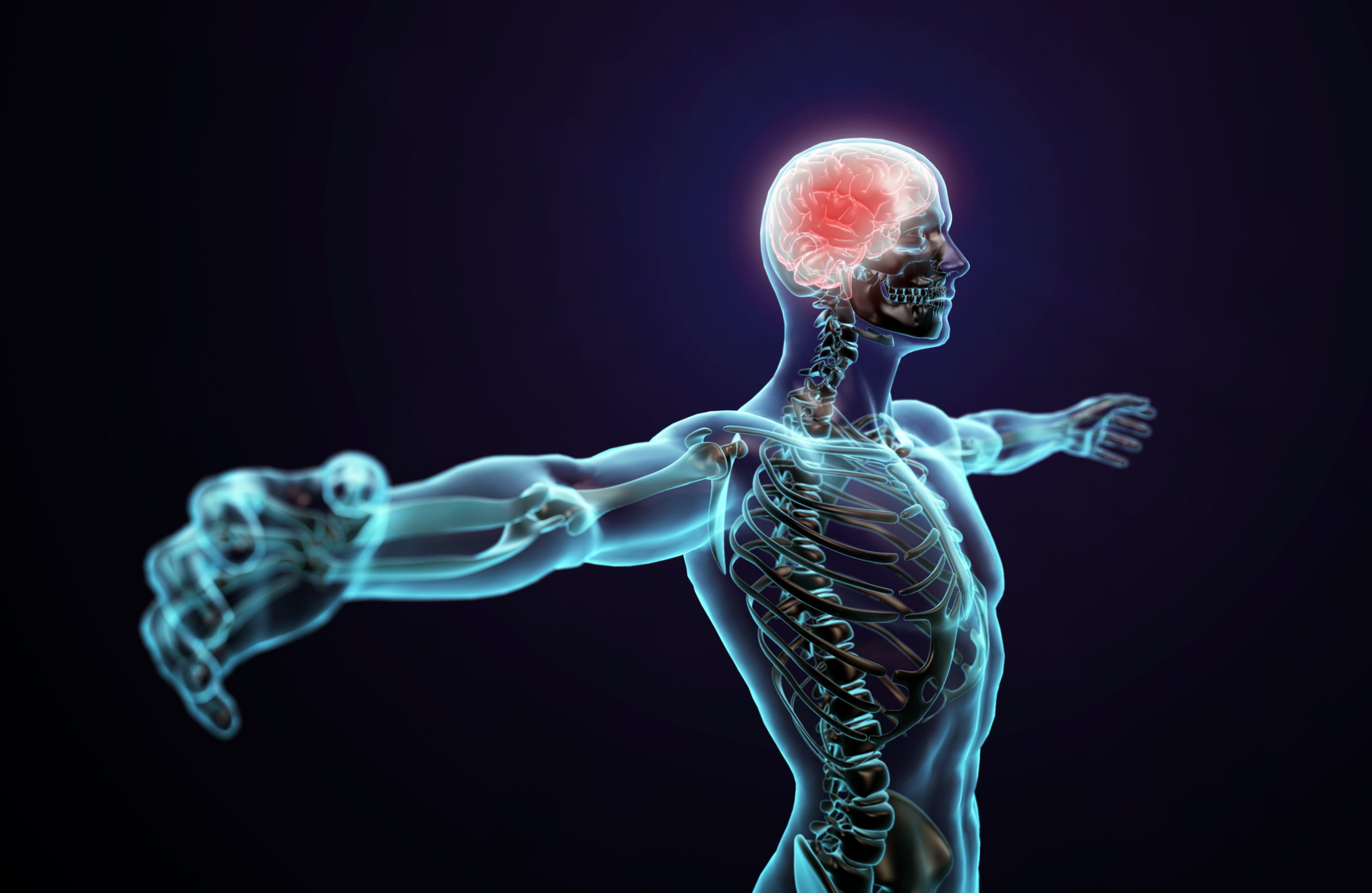 Human Body – How We Fail, How We Heal
Human Body – How We Fail, How We Heal
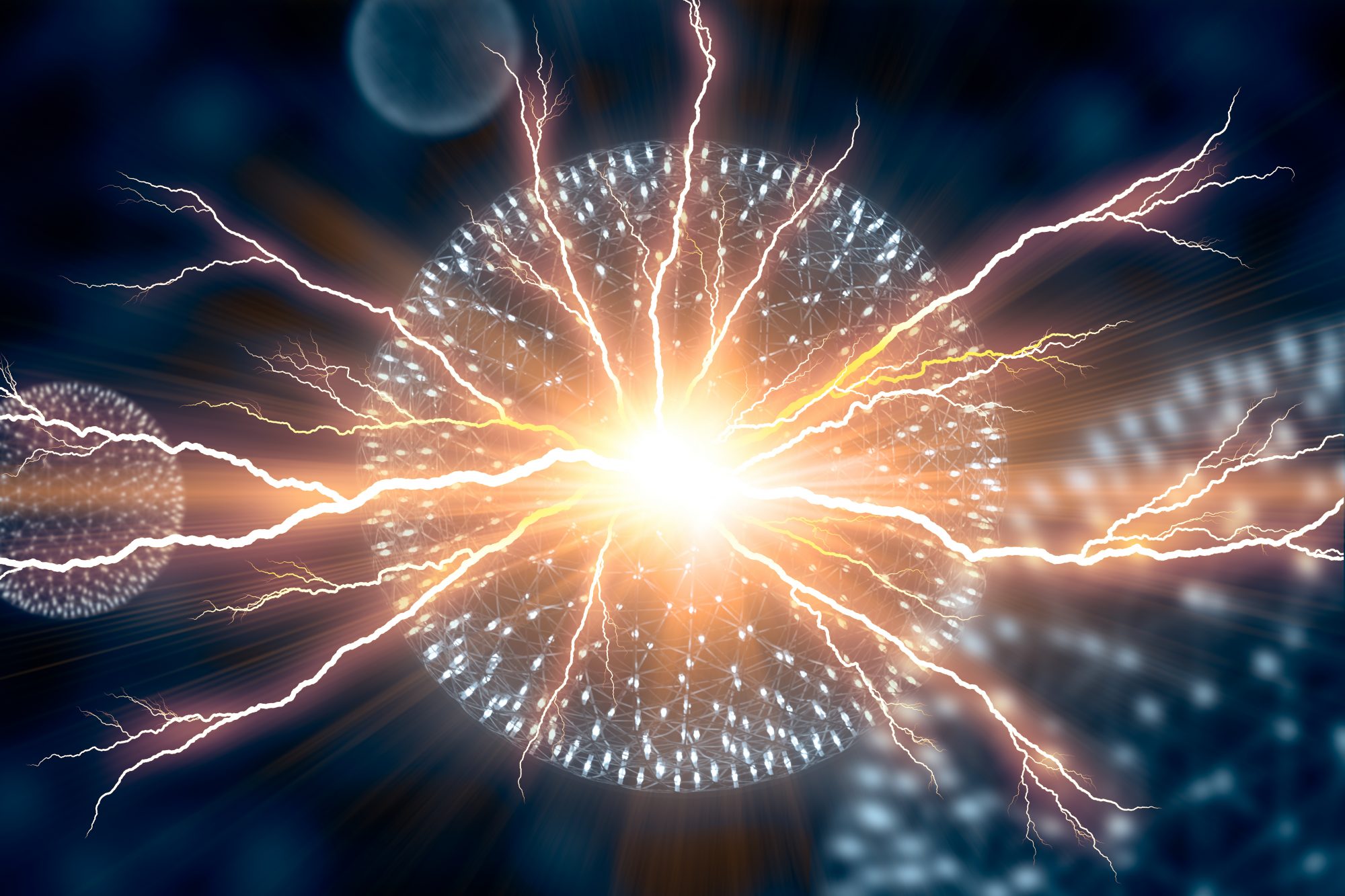 Nuclear Physics Explained
Nuclear Physics Explained
 Understanding the Science for Tomorrow: Myth and Reality
Understanding the Science for Tomorrow: Myth and Reality
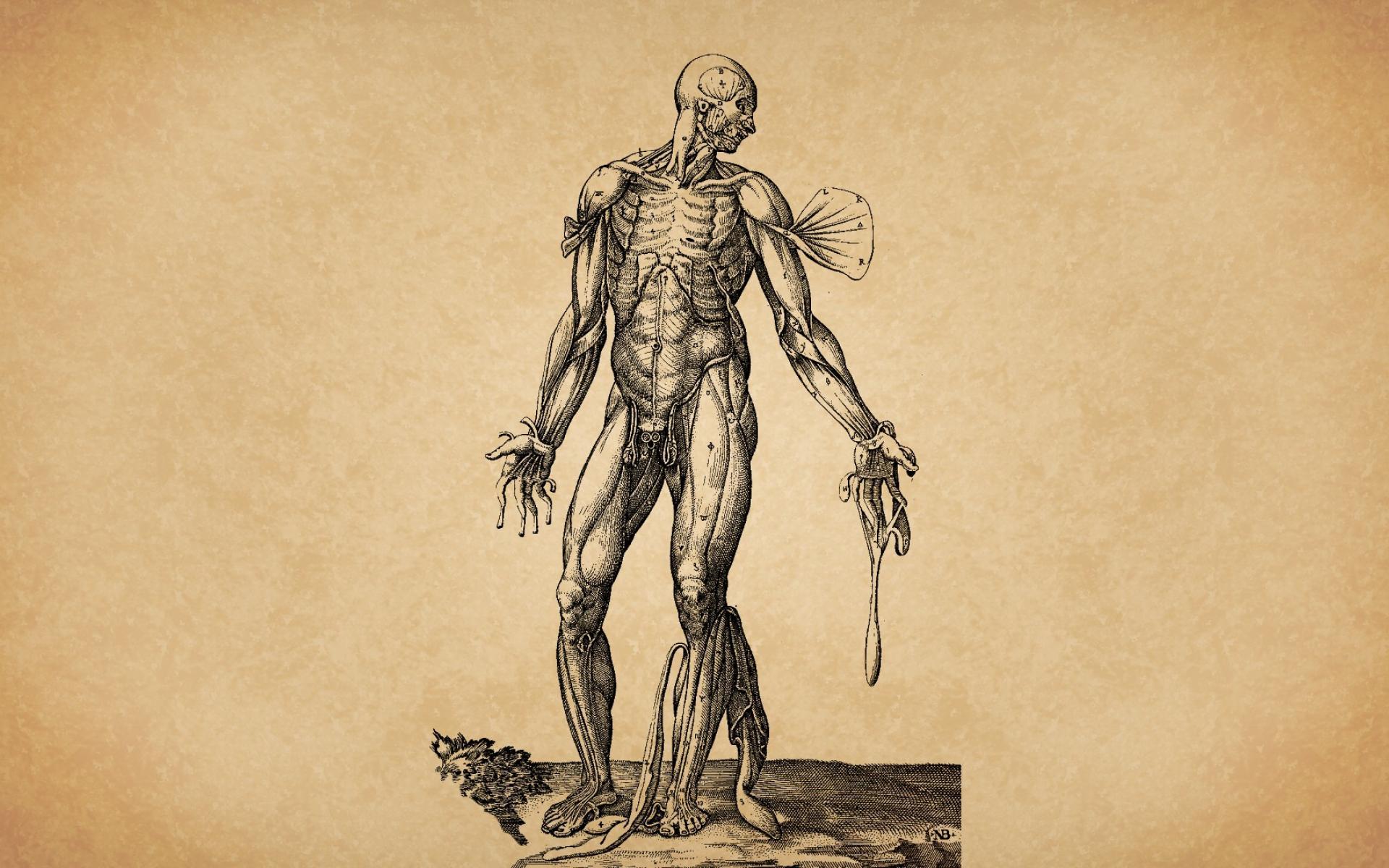 Understanding the Human Body: An Introduction to Anatomy and Physiology
Understanding the Human Body: An Introduction to Anatomy and Physiology
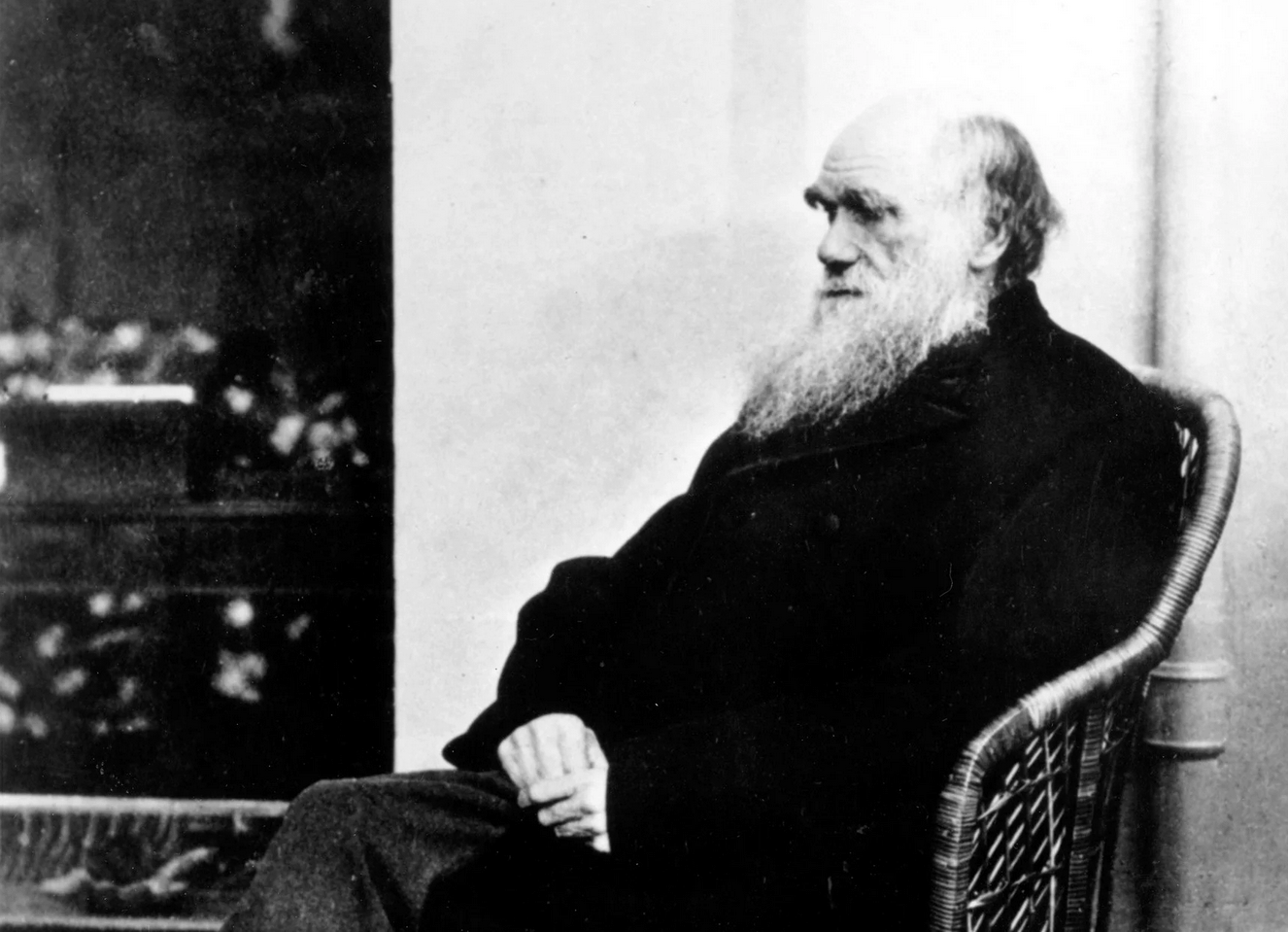 What Darwin Didn’t Know: The Modern Science of Evolution
What Darwin Didn’t Know: The Modern Science of Evolution

